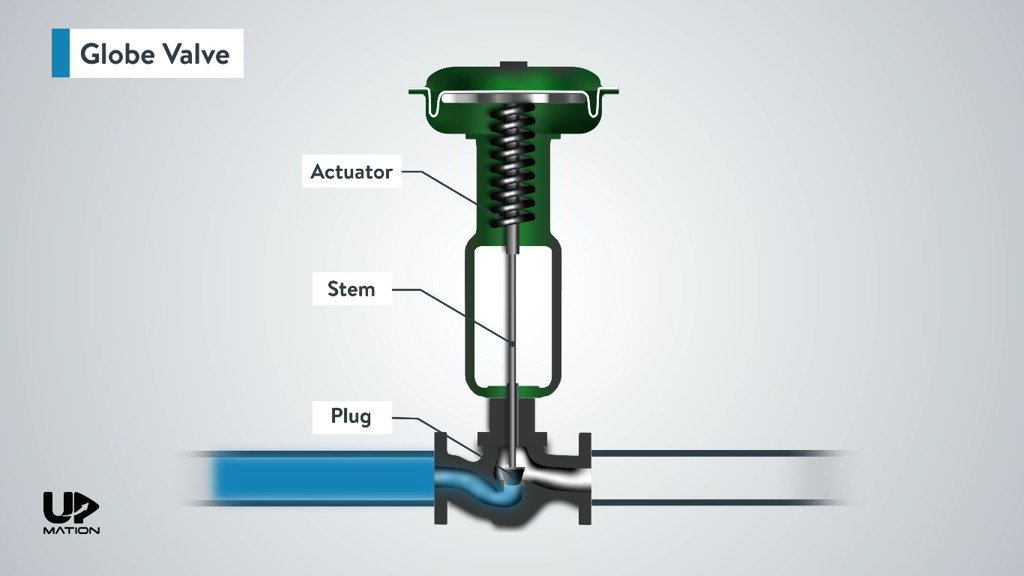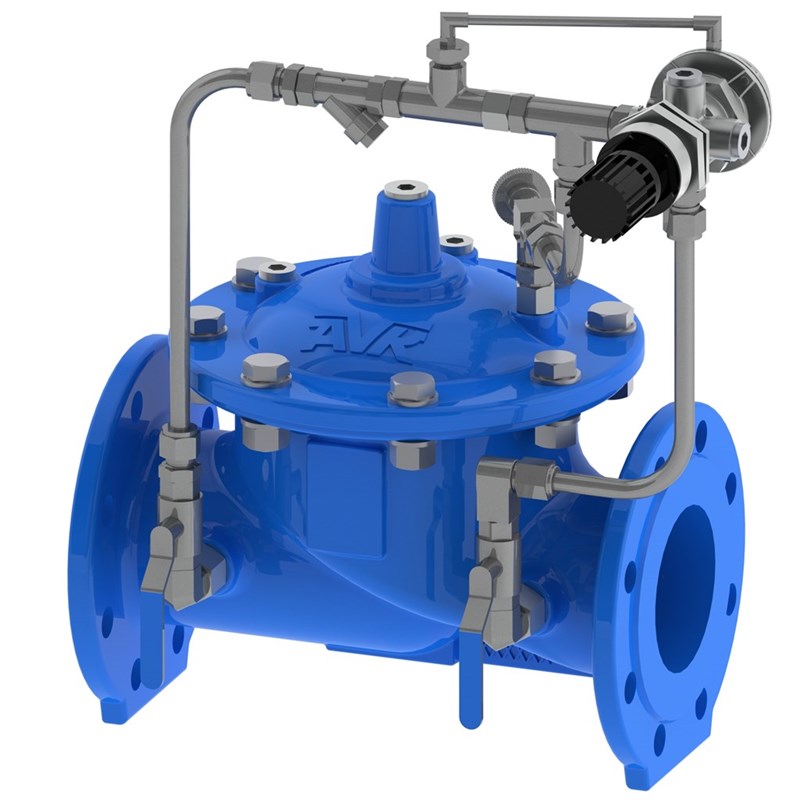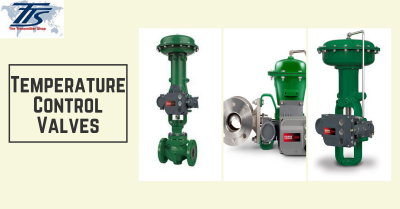Achieve Seamless Assimilation and Control With Top Quality Building Automation Controls
In the world of modern building management, the relevance of top quality structure automation controls can not be overstated. Welcoming quality building automation controls is not merely a matter of convenience however a critical imperative for organizations intending to enhance their facilities' performance and sustainability.

Development of Building Automation Controls
Throughout the past couple of decades, the development of building automation controls has actually dramatically transformed the method structures are handled and operated. Originally, building automation systems mostly concentrated on fundamental functions such as regulating ventilation, air, and heating conditioning (HVAC) systems. However, as modern technology progressed, these controls have ended up being extra sophisticated, allowing for a larger variety of structure systems to be integrated and taken care of centrally.
The development of constructing automation controls has seen a shift towards more intelligent systems that can adjust to transforming problems in real-time. This versatility is critical for maximizing power effectiveness and ensuring occupant convenience. In addition, modern-day building automation controls now use features such as predictive upkeep, remote surveillance, and data analytics, making it possible for facility managers to make data-driven decisions to boost structure efficiency.

Advantages of Quality Integration
The development in building automation manages in the direction of more smart systems has underscored the significant benefits of high quality combination in maximizing structure operations and enhancing general performance. This central control additionally provides far better visibility and insights into building performance, allowing proactive maintenance and optimization methods. Overall, the benefits of high quality combination in structure automation controls are indisputable, using increased efficiency, comfort, and functional efficiency.
Boosted Customer Experience and Accessibility
Enhancing user communication with structure automation controls with instinctive style and boosted accessibility boosts the total experience for residents and center managers alike. By focusing on customer experience, building automation systems can become more user-friendly and efficient. Instinctive user interfaces, clear navigation, and customizable setups empower users to connect with the controls quickly and properly.
Access functions play a critical duty in making sure that all individuals, including those with handicaps, can use the building automation regulates with simplicity. Incorporating attributes such as voice commands, responsive buttons, and color-contrasted display screens can enhance availability and make the controls more comprehensive.
In addition, enhanced customer experience brings about higher user contentment, raised performance, and better decision-making. Owners can adjust ecological setups according to their preferences, while facility supervisors can efficiently keep track of and take care of building systems - control valves. On the whole, focusing on user experience and availability in structure automation regulates adds to an extra efficient and smooth building atmosphere for all stakeholders entailed
Sustainable Practices Via Automation

Furthermore, automation can facilitate the integration of sustainable power resources such as photovoltaic panels or wind turbines into structure procedures. By automatically changing power usage based upon the availability of eco-friendly power, buildings Related Site can even more reduce their reliance on non-renewable resources. This smooth integration of sustainable methods not just profits the environment yet likewise improves the total functional efficiency and cost-effectiveness of the building. With automation, structures can straighten with modern-day sustainability objectives and add to a greener future.
Future Trends in Building Control Solution
One popular fad shaping the future of building control systems is the boosted integration of Artificial Knowledge (AI) and machine discovering. In addition, the Internet of Points (IoT) is reinventing structure control systems by linking devices and sensors to simplify operations and boost effectiveness.
Another essential fad is the emphasis on cybersecurity procedures to safeguard versus possible risks to developing automation systems. As buildings come to be more interconnected, making sure durable cybersecurity protocols will be vital to guard delicate data and avoid unapproved gain access to.
Additionally, the change in the direction of cloud-based platforms is obtaining momentum, allowing for streamlined control and remote access to structure systems. This helps with much easier tracking, upkeep, and updates, enhancing the general efficiency and adaptability of structure control systems. As technology continues to breakthrough, these fads are anticipated to form the future landscape of structure automation controls, driving innovation and sustainability in the developed atmosphere.
Final Thought
Future fads in building control systems are likely to concentrate on additional improving automation capabilities for boosted energy efficiency and total efficiency. It is necessary for structure owners and operators to prioritize the fostering of high quality structure her latest blog automation controls to maximize building procedures and accomplish long-lasting sustainability objectives.
In the realm of modern-day building management, the importance of top quality building automation controls can not be overemphasized. In general, the development of structure automation regulates continues to drive innovation in the building monitoring sector, providing brand-new opportunities for creating smarter and a lot more sustainable structures.
The improvement in building automation manages in the direction of more smart systems has underscored the considerable advantages of quality assimilation in enhancing structure operations and improving total efficiency. Overall, focusing on customer experience and accessibility in building automation regulates contributes to a much more efficient and smooth building atmosphere for all stakeholders entailed.
It is vital for my explanation structure proprietors and operators to prioritize the fostering of top quality structure automation regulates to optimize structure procedures and attain long-term sustainability goals. - control valves